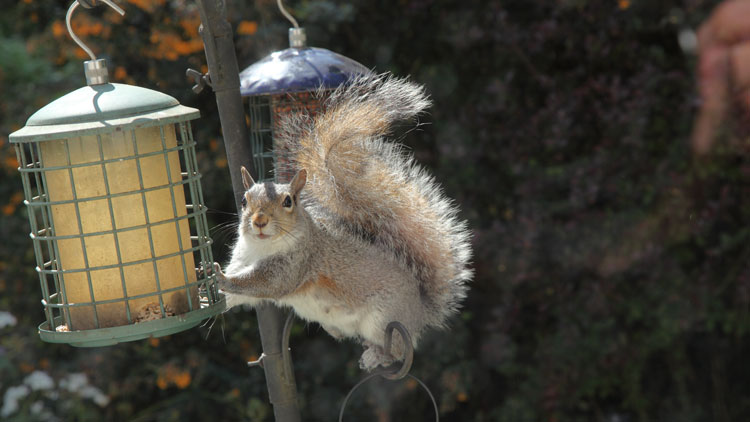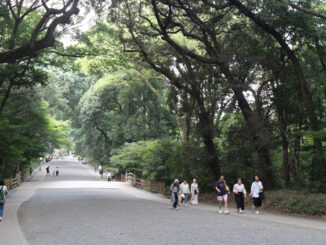
The answer to that question depends on who you ask. From forests to cities, eastern gray squirrels are one of the most common species of squirrel found in the United States. They are fun to watch as they frolic and play, but are they helpful or harmful to the environment?
In cities, gray squirrels are sometimes thought of as pests. In urban areas, they go to extreme measures to raid bird feeders. This can be a problem for birdwatchers wanting to attract their favorite winged friends to their backyards. Squirrels have also been known to chew through electrical wiring, causing damage to vehicles. They also make their nests in buildings. This can be a big nuisance! It increases the risk of fire and disrupts electrical service when repairs are needed.
Despite the havoc these squirrels cause, they are an important part of forest regeneration. The gray squirrel’s natural habitat is deciduous woodlands. These areas are covered with broad-leaf trees such as oak, beech, and elm. Eastern gray squirrels are hoarders. In nature, hoarding is when animals hide food to eat later. In warmer months, food is abundant. In colder months, food becomes scarce. Some animals plan ahead to make sure they have something to eat.
Eastern gray squirrels do not hibernate, so they must store food for the winter. Unlike red squirrels, who create central food caches, gray squirrels scatter hoard. Animals that scatter hoard hide their food in many different food caches within their territory. Eastern gray squirrels use their sense of smell and spatial memory to locate their buried food caches. However, they don’t find them all! Many nuts are never recovered. These forgotten nuts can grow into trees.
What do you think? Are gray squirrels friend or foe?
Photo Credit: hmproudlove/Getty Images



